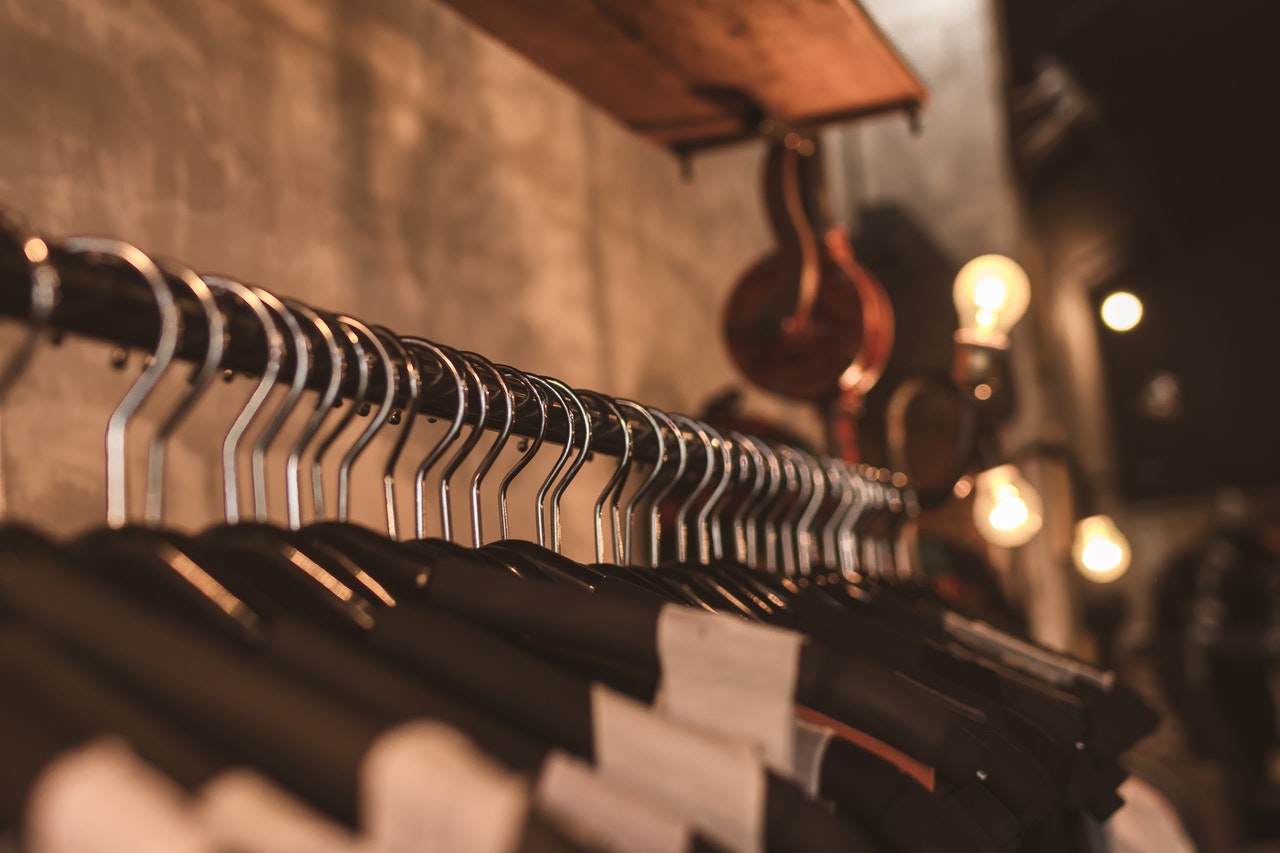We live in a world today where we are driven by maximizing the “stretch” of our expenditures, with advertising pressuring us to obtain as much quantity or quality out of each dollar that we spend. The dilemma between buying used products versus new products complicates this marketing message with many pros and cons for the buyer to consider. Shoppers can learn a lot about finding high quality used goods by exploring the tactics used by shoppers within different industries to research and test the product before purchase.
At the same time, shoppers can save a lot of money by taking advantage of promotions and discounts on new products, too. Though the decision between buying used and buying new is complex and tricky, it becomes easier by being informed about how to make smart purchasing decisions in either case.
The Price is Right: Searching for Low Cost and Top Condition
Shopping for used goods certainly comes with obvious advantages: buyers can generally expect lower prices for products that they want, avoiding retail markup on the brands or items they desire. However, shopping for used products can often mean that a product is not in its original condition, and though refurbished to look or perform “like new,” there may be underlying problems that remain below the surface until after the purchase is complete.
On the other hand, shopping for new products can offer the customer the ability to stay at the forefront of developing industry trends, and provides the assurance that the product at hand, has no user damage. Finding products that we want at the right price, however, can be a challenge.
How to Shop for High Quality Used Goods
One industry in which used products are especially cherished is within the fashion industry. The clear distinction between low-quality “thrift” stores and top-notch “vintage” consignment shops may be fuzzy to the outside world, but fashionistas who have a good working knowledge of fabrics, patterns, and brands can make smart choices on purchases simply by trying on the products before buying. Those who are looking for steep bargains on designer clothing can often check consignment boutiques online, place reservations on products, and then be able to try the items in person at the store.
Another industry in which used products are especially possible is the automotive industry. Smart shoppers for cars can take advantage of many “tests” before committing to the purchase of a car, first by researching the prices, make, and models online and in the industry standard Kelley Blue Book. Many shoppers also choose to review a vehicle history report to clarify what damages, repairs, and other user damages might be lurking below a used car’s shiny exterior.
In both of these aforementioned cases, visual inspection of, physical contact with, and in-person trial of a product is permitted usually necessary before the buyer commits to purchase. But what about cases in which this kind of testing is impossible? For example, when buying used electronics, we often have to trust that the seller has refurbished the product to industry standards, or that the description of the product is accurate. In these cases, smart shoppers look for a written guarantee that the seller will refund your money if you are not satisfied with the quality of the product and choose to return it.
Taking Advantage of Promotions: Buying New Products at a “Used” Price
Purchasing products that are new provides a special element of satisfaction, as one knows that the product at hand has not experienced any potential user damage. The satisfaction is increased when those steep retail markups can be avoided through promotions that drastically reduce the price. In the electronics industry, it is popular to take advantage of coupon codes that provide additional discounts when purchasing that new product online – and since there is no worry about refurbishment quality, one doesn’t have to question the quality of the product before purchase.
By using a promo code for purchasing new goods online, you could save hundreds of dollars on brand-name items across most industries, and can also comparison shop between stores and sites in order to nab the lowest cost on your coveted product. Remember that with the release of each new model, prices will drop for earlier versions of the product that you want – so factor this into your purchasing decision as well.
Featured images:
License: Royalty Free or iStock
source: www.shutterstock.com
This is a guest post by Lilly Sheperd, a freelance writer who shares her thoughts on various blogs.





